How this district is preparing students for 2030–and beyond
eSchool News
APRIL 24, 2019
Whether we like it or not, the fourth industrial revolution is fundamentally changing the way the world works–and educators have to rise to the task of preparing students for 2030 and beyond. “We And when it comes to preparing students for 2030, AI and its quickly-evolving state should be topmost in educators’ minds.





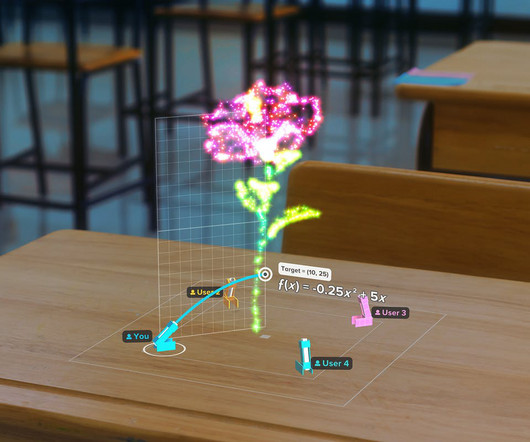





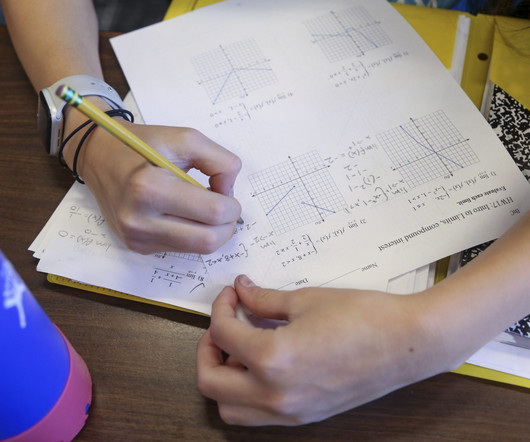

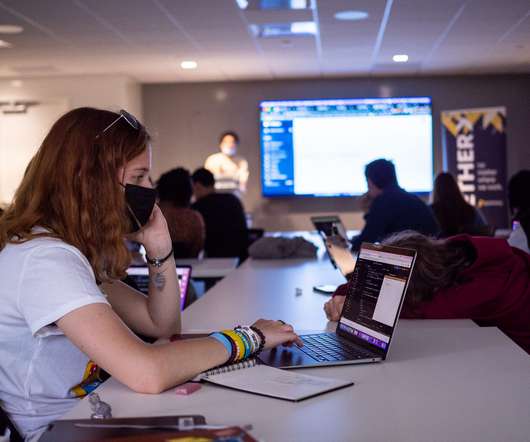
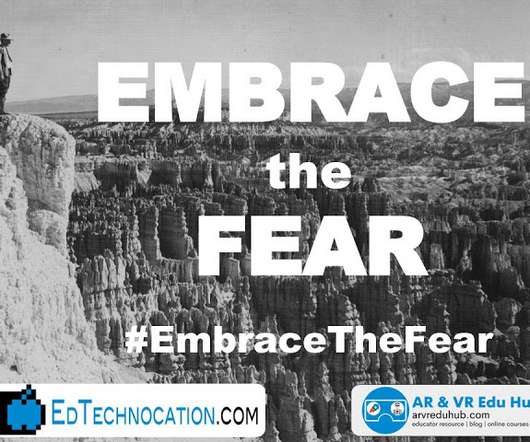



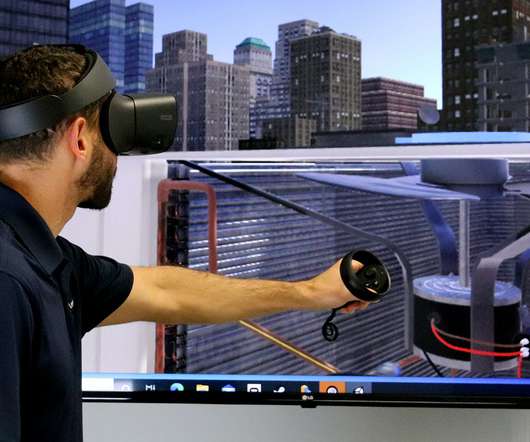















Let's personalize your content